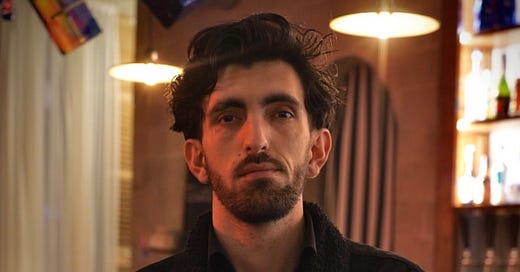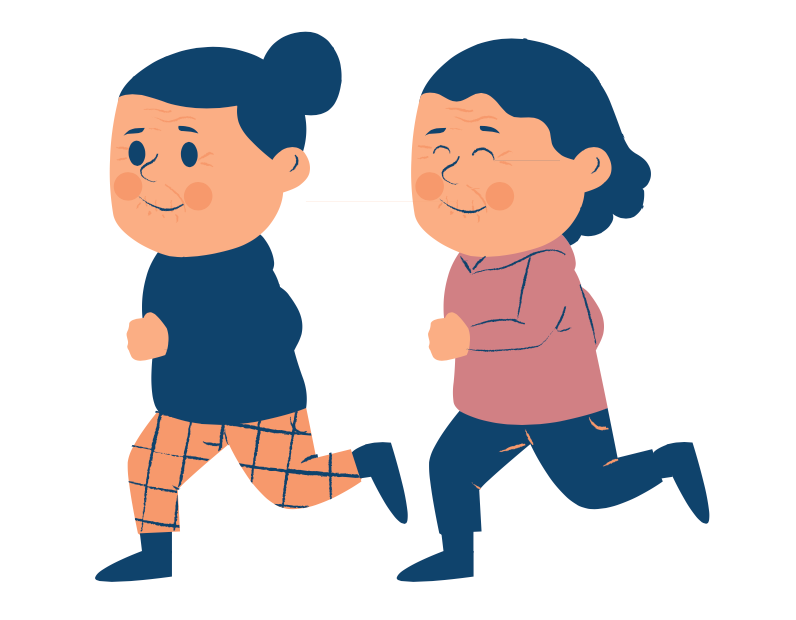Your Namak for Friday, January 21
Armenian and Turkish envoys meet, FBI raids U.S. congressman’s home in Azerbaijan probe and Armenia and Russia discuss construction of nuclear plant.
Hi there, here’s your weekly briefing of Armenian news in English, curated, reported and fact-checked by journalists Astrig Agopian and Maral Tavitian.
Armenian and Turkish Special Envoys Meet
On January 14, the special representatives appointed to normalize relations between Armenia and Turkey met for the first time in Moscow. Deputy Speaker of the Armenian parliament Ruben Rubinyan and former Ambassador of Turkey to the United States Serdar Kılıç exchanged their preliminary views regarding the normalization process and agreed to continue negotiations without preconditions. Following the meeting, both Ministries of Foreign Affairs published word-for-word similar statements, describing “a positive and constructive atmosphere.”
Investigators Raid U.S. Congressman’s Home in Azerbaijan Probe
On January 19, the FBI raided the Texas home and campaign office of Democratic Congressman Henry Cuellar as part of a federal probe involving Azerbaijan, according to ABC News. A member of Congress since 2005, Cuellar has served as co-chair of the Congressional Azerbaijan Caucus, and has repeatedly met with high-level Azerbaijani officials, including Azerbaijani Ambassador to the United States Elin Suleymanov. A federal grand jury in Washington is currently investigating the matter.
France and Azerbaijan Caught in Diplomatic Fuss
A French presidential candidate’s visit to Nagorno-Karabakh has sparked condemnation from the authorities in Baku. Valerie Pécresse of the Republican Party traveled to Armenia and Nagorno-Karabakh in December, where she met with local officials. Access to the unrecognized state is currently managed by Russian peacekeepers and Nagorno-Karabakh (Artsakh) authorities, but Azerbaijan claims ownership of the region and declares anyone who travels there persona non grata. After learning about her visit, Azerbaijani President Ilham Aliyev stated that he would ensure “she cannot go back.” Pécresse then said she would sue him for death threats, and criticized the French authorities for not supporting her. Behind the scenes, French and Azerbaijani diplomats are picking at each other, accusing one another of letting domestic politics interfere with their diplomatic relationship.
Armenia and Russia Discuss Construction of Nuclear Plant
On January 20, representatives of the Armenian Atomic Power Plant CJSC and the Rosatom State Nuclear Energy Corporation signed a Memorandum of Understanding to explore the possibility of constructing a new atomic power plant in Armenia. Rosatom is a Russian state corporation that specializes in nuclear energy, while its Armenian counterpart operates the Metsamor Nuclear Power Plant outside Yerevan.
Armenia Submits Proposal Aimed at Deescalating Border Situation
In a question-and-answer session at the National Assembly on January 19, Armenian Minister of Foreign Affairs Ararat Mirzoyan announced that Armenia has submitted a package of proposals aimed at reducing the ongoing border violence with Azerbaijan. Although Mirzoyan declined to share details about the proposed measures, he said they were based on the goal of withdrawing Armenian and Azerbaijani troops from border positions simultaneously.
Warren Manouelian: Meet a French-Armenian motion designer and illustrator making Armenian culture pop
“My interest in Armenian culture started with the alphabet. When I went to Matenadaran in Yerevan for the first time, I had a real aesthetic ‘love at first sight’ moment.”
Warren Manouelian is a very curious person. The 31-year-old motion designer and illustrator likes moving around a lot, meeting new people, exploring archives and museums as much as the internet, always seeking inspiration. When you interview him, he interviews you back.
Born in the “French Glendale,” a city in the suburbs of Paris known as Alfortville, Warren was a creative child, drawing all the time. Despite being surrounded by Armenians, he did not feel a special attachment to his cultural identity.
“I did not grow up in a super Armenian household at all. My mother, from Istanbul, did not even want to hear about Armenian stuff anymore, she was tired of it,” Warren says. “Interestingly, it’s mostly my dad, who is French from Brittany, who pushed me to explore my Armenian roots more.”
Warren liked drawing and wood, so he initially decided to study cabinetmaking and create wooden objects and furniture. But in 2019, he changed his path and moved to Montreal, where he studied motion design for one year at the Ecole des arts numériques, de l’animation et du design (NAD-UAC).
“People did not support me to follow a creative or artistic path, but I am happy I did not listen to them,” Warren says. “When the flame is really burning inside you, you do you. You will succeed.”
In 2014, Warren traveled to Armenia for the first time with a group of friends. He enjoyed the trip and became interested in exploring Armenian culture more. Warren believes that his heritage sparked his penchant for building things from scratch, a skill that Armenians have developed through generations of dispossession and forced displacement.
“The obsession with constructing and making things is very deep for Armenians,” Warren says. “I think it’s because we have seen a lot of destruction in our history and these kinds of things and trauma are transmitted.”
Warren creates animated illustrations for clients and works on personal projects that he shares on Instagram. He tells short stories through colorful characters and swooping calligraphy, making viewers smile with his cheerful and sometimes cheeky narratives.
“My work is like a universal language,” Warren says. “I can share some emotions with people anywhere.”
But Warren also likes words. He writes haikus, a Japanese poetic form that consists of 17 syllables divided across three lines. He also uses Armenian letters and words in his illustrations, which he was attracted to because of their unique shape.
“My interest in Armenian culture started with the alphabet. When I went to Matenadaran in Yerevan for the first time, I had a real aesthetic ‘love at first sight’ moment,” Warren says. “I am so passionate about it now. I learned how to read and write, even though I don’t even speak it properly. It’s aesthetic but also a real heritage I would like to protect.”
After living in Montreal for two years, Warren moved back to France, but this time to Marseille. Located in the south, the second largest French city is also an Armenian hub –– but a sunny one. Armenians have a long and storied history in the seaside metropolis.
Warren is currently working on a graphic novel about the Camp Oddo in Marseille, where more than 5,000 refugees from the Armenian Genocide arrived by boat in the 1920s and lived in squalid conditions.
“It is interesting because it is history, but it is also so related to current events, to our political debates about assimilation, integration, migration,” Warren says. “It’s impressive how Armenians have managed to keep their culture despite everything.”
Now the young artist has set his sights on yet another new destination: Gyumri, Armenia. On two previous trips to Armenia, he only visited Yerevan. In the spring, Warren will relocate to Armenia’s second largest city to teach at the TUMO Center for Creative Technologies and learn more Armenian.
He seeks to encourage his young students to draw inspiration from Armenian motifs while also breaking free of constraints imposed by tradition.
“I love our heritage and I am so inspired by it, but I think we do need to break the codes and innovate more,” Warren says.
To watch: Heart of Two Nations, a documentary on Turkish-Armenian journalist Hrant Dink, murdered in Istanbul in 2007. He speaks about his life and advocacy for the rights of Armenians and other marginalized groups in Turkey.
To listen: Unplugged: A Jazzy Start to the Year, a live DJ set performed by Yerevan-based artist Daao. You can check out his new album here.
To admire: Avara the wanderer, an Instagram account showcasing places in present-day Turkey that used to be part of Western Armenia. It’s as beautiful as you always pictured it, but also empty and destroyed in some cases.
That’s it for today, see you next week!
Questions? Story ideas? An urge to say barev/parev? You can send us a secure email at namaknews@protonmail.com.









